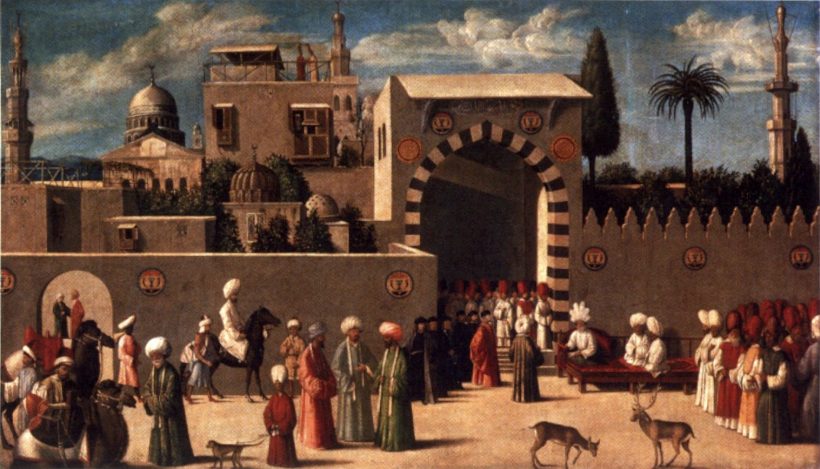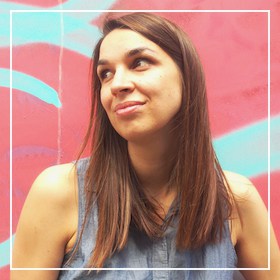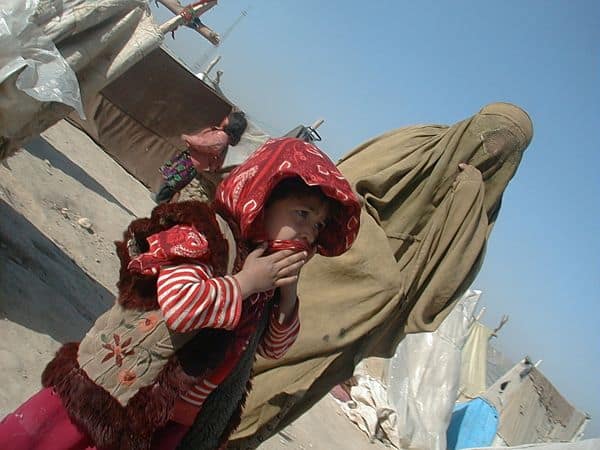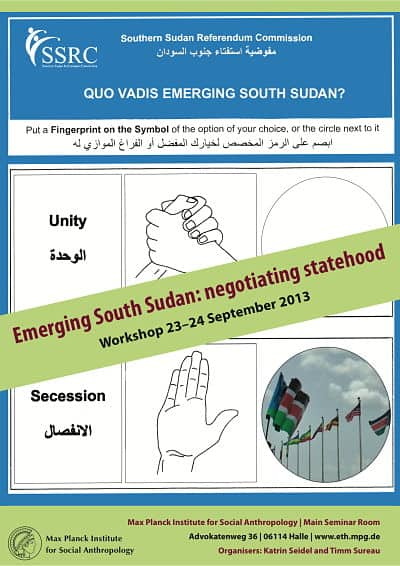Are Eastern and Central regions of the EU more Islamophobic than its Western part? This was the question that brought together scholars from different European countries to Prague in May 2016, where the workshop entitled “Talking about Arabs. Echoes from Different Europes” took place.[1] If the events of 2015, such as the immigration emergency, the Cologne attacks and Paris shootings precipitated fears across the continent, Central and Eastern Europe appeared as particularly unwelcoming towards the populations fleeing conflicts in the Middle East. The concentration of Islamophobic reactions in this part of Europe was widely interpreted as a sign of “a split of mentalities” between the “old Europe” and its ex-communist States. The latter were accused of being parochial, xenophobic and not fully “European”, whereas these countries themselves claimed to act as barriers of Europe, protecting its borders and values. These dichotomies were predominantly explained by the contrasting historical experiences of apprehending the Other in areas east and west of the former Berlin wall.
The workshop, organized by the Oriental Institute of the Czech Academy of Sciences sought to complexify these all-too-easy dichotomies. It departed from a hypothesis that the apparently contrasting attitudes towards Middle Eastern refugees were related to different ways in which knowledge about Arabs and Muslims is produced in Europe. Different media cultures, specific disciplinary approaches of the academic inquiry on the region, the lack of political interest in the Middle East, and the role of professionals engaging with the region (tourism agencies, security experts, NGOs, businessmen), all contribute in shaping the image of the region and its populations. On the basis of concrete empirical studies, conducted in France, Germany, Poland, Hungary, Lithuania and the Czech Republic, participants of the workshop engaged in a two-day intensive discussion about how opinions about Arabs and Muslims are forged in different parts of Europe.
A central question addressed during the workshop was the extent to which the perceptions of Arabs in Central Eastern Europe were shaped by the thorny issue of European integration.
Anxieties related to their own peripheral position within the EU provided the main angle through which the issue of refugees was debated in most of the discussed countries. The study of the debate in Lithuanian op-eds, presented by Ieva Zakareviciute and myself, revealed that both anti- and pro-refugee camps portrayed “the crisis” as an opportunity for Lithuania to finally become a respected member of the European club. Whereas some commentators argued that Lithuanian solidarity with refugees would strengthen its positions within the EU, others called, on the contrary, for a closed-door policy, which would allow Lithuania to play a role in “saving Europe” from its “pink multi-cultural dream”.
Both positions rested on the same hope that the refugees would replace Lithuanians as the Others of Europe.
Similarly, in the Hungarian case, discussed by Omar Sayfo, the far-right movement adopted Islamophobic attitudes only recently, partly as a result of Hungary’s entry in the EU. Historically, the Hungarian far-right scene was sympathetic to Islam and Arab countries, a position that was shaped by its traditional anti-Semitism. However, the Hungarian far-right was increasingly pushed to align itself with the attitudes of its European counterparts, as a result of the implicit pressure on Hungarian parties to redefine their identities in line with the European parties system. The Polish case, discussed by Konrad Pedziwiatr, is not dissimilar in this regard. There, anti-Muslim sentiments increased as the result of the uncritical import of Western fears, combined with a context where the loss of former Polish Others (Jews and communists) triggered a need for finding new ones.
Hence, the Europeanization of Central Eastern European states means not only their integration into the European market, free labor movement and uniformization of laws, but also a facilitated circulation of Islamophobic discourses.

The import of Western European fears and experiences in dealing with Muslim minorities, as well as their adjustment to Central European realities and instrumentalization in local political battles, came into prominence in the workshop. Interestingly, in some cases marginal Islamophobic “truths” in the West transform into a mainstream discourse when they reach its Eastern neighbors. This was reflected in the ways the 2012 scandal over the Brussels Christmas Tree was used in Lithuanian media in 2015 as a proof of “Arab cultural encroachment” on Europe. In 2012, the decision of Brussels municipality to replace the traditional pine tree with a light installation was interpreted by some as the mayor’s surrender to Muslim cultural dictate. In 2015, this story re-surfaced in Lithuanian media under a new version, according to which the Brussels Christmas Tree was not replaced by an installation, but banned altogether as a result of Muslim lobbying. Thereby, the version circulating through European extreme-right websites entered mainstream Lithuanian debate, supporting the argument of a potential cultural domination by refugees in Europe. This event illustrates well how the image of a unified “Arab culture” is constructed.
European local disagreements over the shape of the Christmas tree are being projected on Muslims in order to define “the European culture” by contrast to the imagined “Arab culture”.
Focusing on the Cologne attacks, Aymon Kreil’s paper showed how the choice to designate some elements of “the Arab culture” via untranslated Arabic words contributes to represent ‘Arabs’ as absolute ‘others’. The German police’s explanation of the Cologne attacks as “taharrush gamea”, a misspelled Arabic translation for “sexual harassment”, contributed to the portrayal of this phenomenon as specific to Arabs and Muslims. The weight of the stereotype of Muslim men as sexually violent explains the popularity of theories according to which the Cologne attacks should be explained in cultural terms.
Lastly, the workshop aimed to explore a relatively untouched zone of the research – the role of practitioners connected to the Middle East through professional work. Focusing on Czech tourism advertisements to Morocco, Katarina Maruskinova showed how the tourism industry tends to essentialise Arabs for a commercial purpose.
As it was argued, in general Czech tourism agencies prefer to exclude the representation of Arab locals in their advertisements, stressing instead beautiful empty beaches and the sun.
When they are present, however, they are usually portrayed as faceless, wearing what is defined as “traditional” – rural, Bedouin or Berber – attire. Islam remains the main identification of locals, as well as their extraordinary talents in selling touristic souvenirs. Klara Bednarova, on her part, discussed the role of a Czech NGO in democracy assistance programs implemented in North African countries following “the Arab Spring”. The Arab revolutions in 2011 gave a feeling of entitlement to some Central European countries in sharing with Middle Eastern countries their experiences of 1990s revolutions. However, the question as to whether the encounters made possible through these initiatives could remain devoid of prejudice, exotification and patronization, remains open.
Intended as the first in a series of events on knowledge production about Arabs in Europe, the workshop succeeded in highlighting areas for future research. The comparative perspective adopted in this first workshop allowed to detect some commonalities between different European countries. The patterns of circulation of Islamophobic discourses from West to East, media techniques underpinning the construction of Arab stereotypes, and the relationships between the spread of Islamophobia in Central Eastern Europe and its integration into the larger European community are the themes on which the second workshop, scheduled for 2018, is expected to focus.
[1] The presentations of the workshop is available online at this URL: https://soundcloud.com/user-47302774
Featured image by Ariff Ahmad Tajuddin (flickr, CC BY 2.0)




